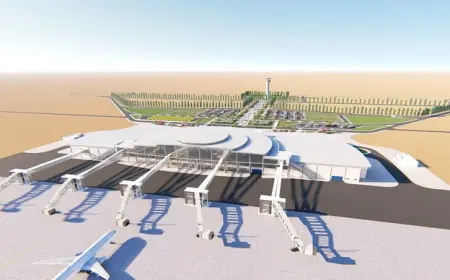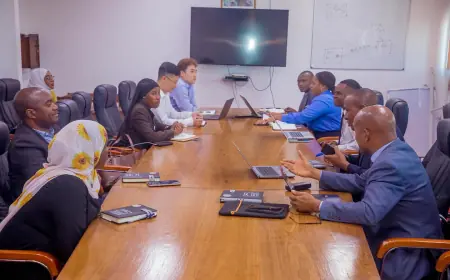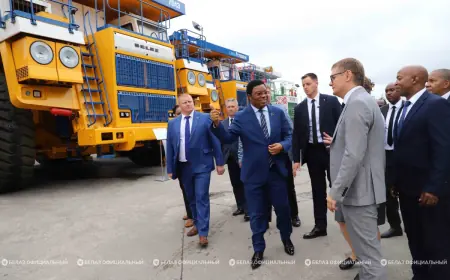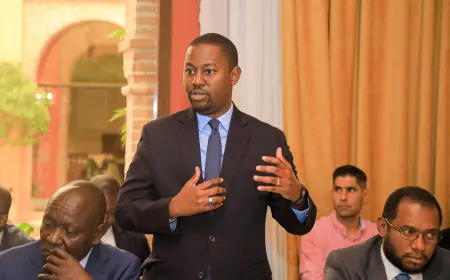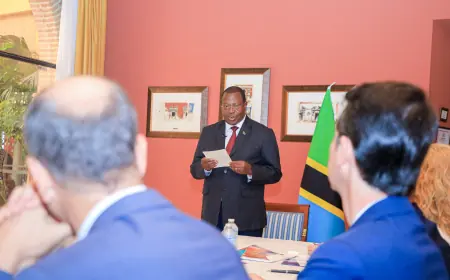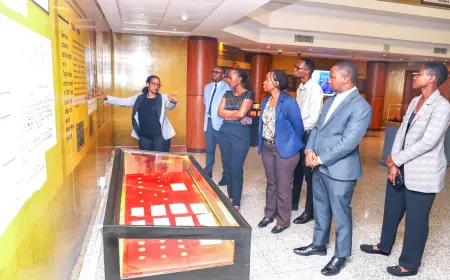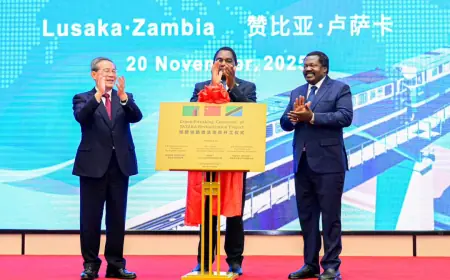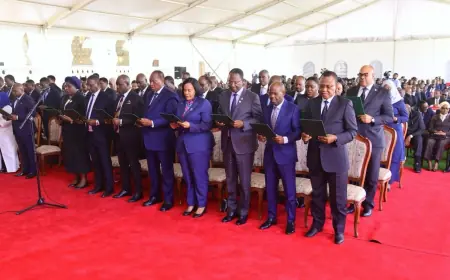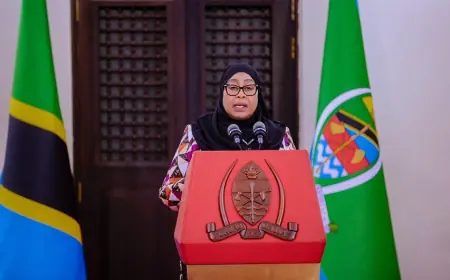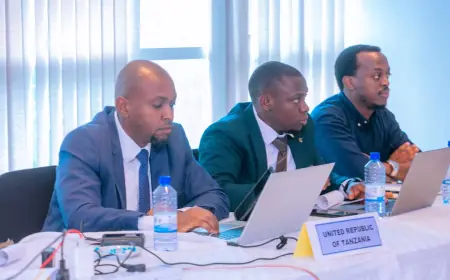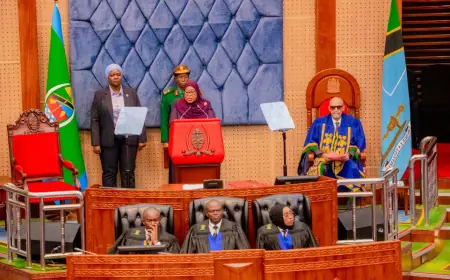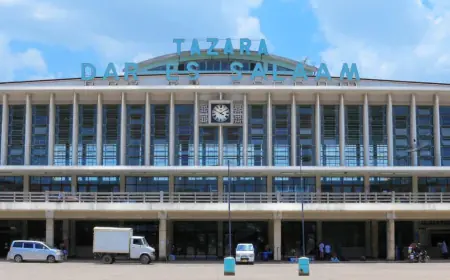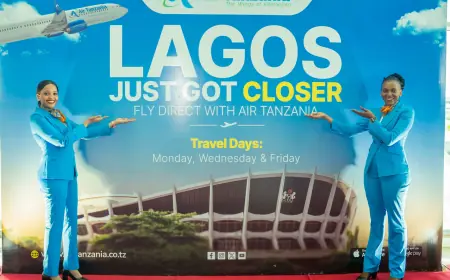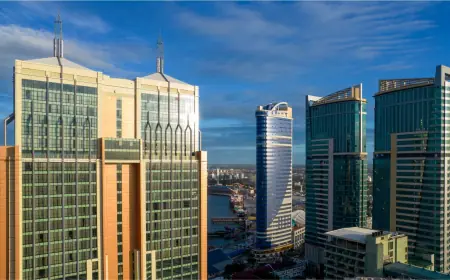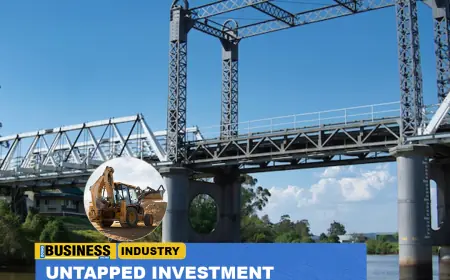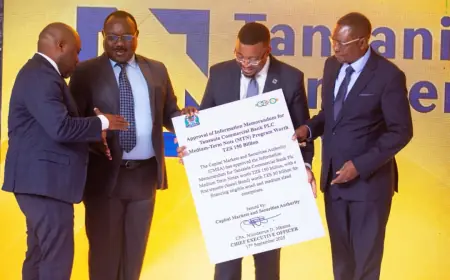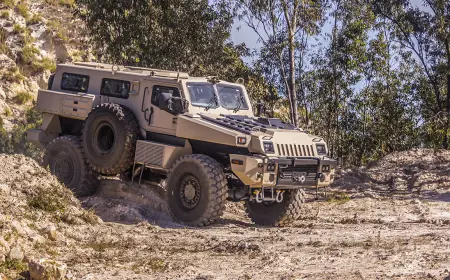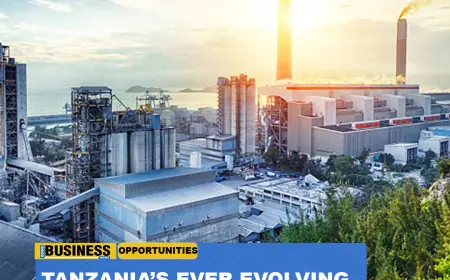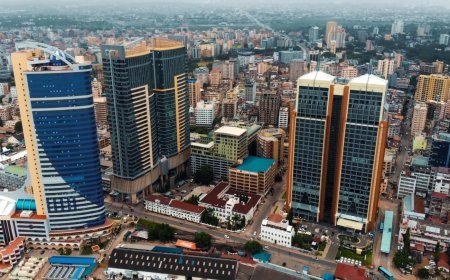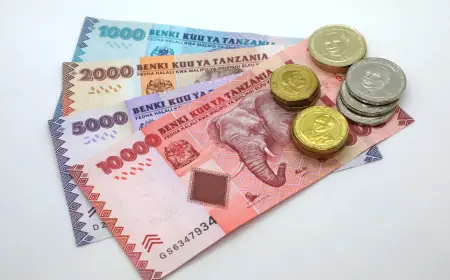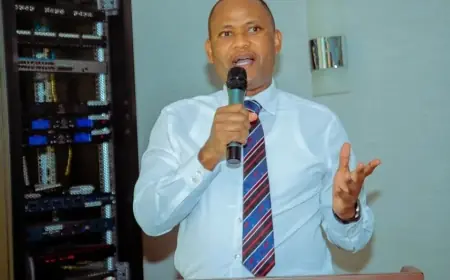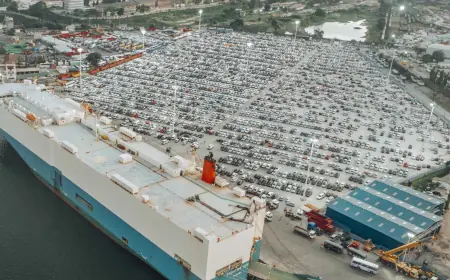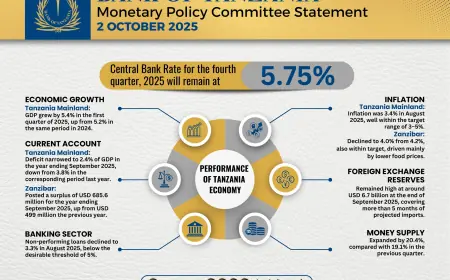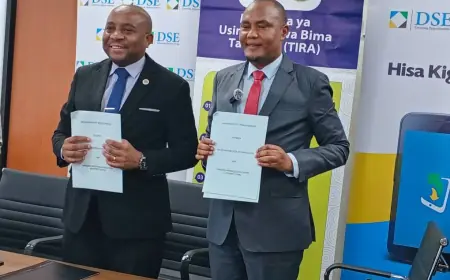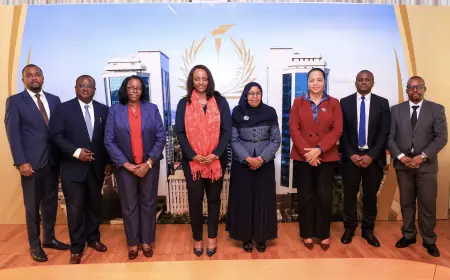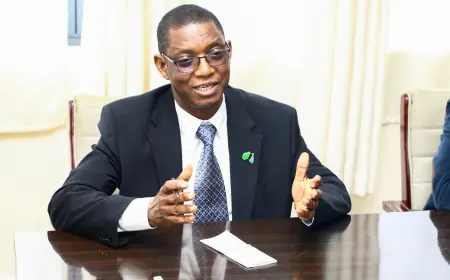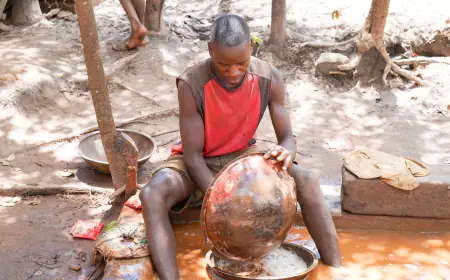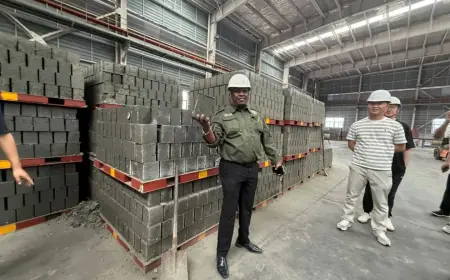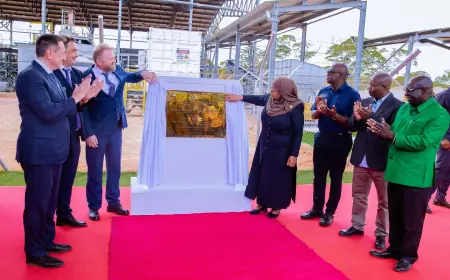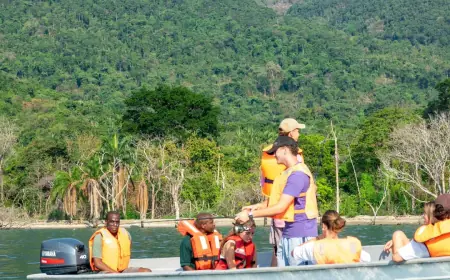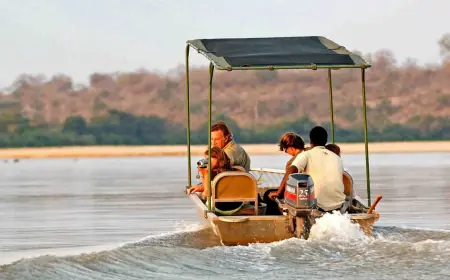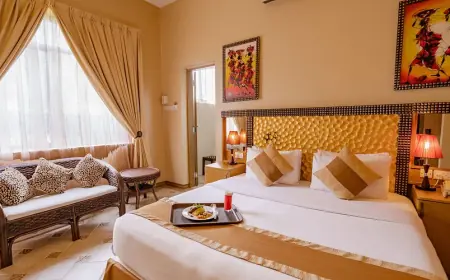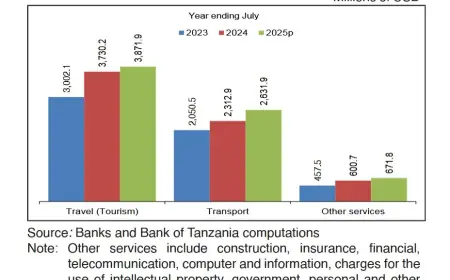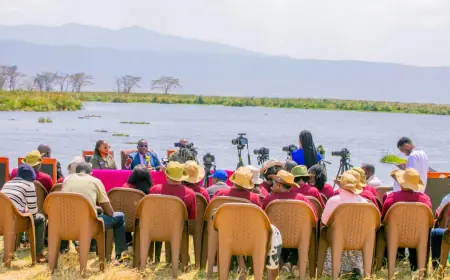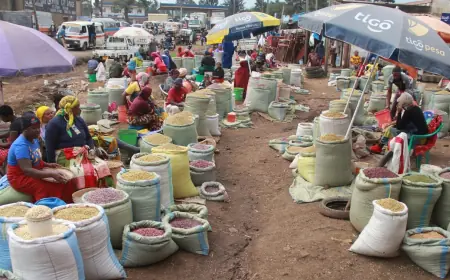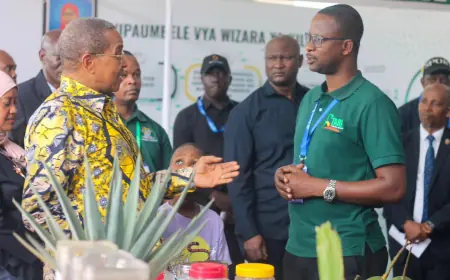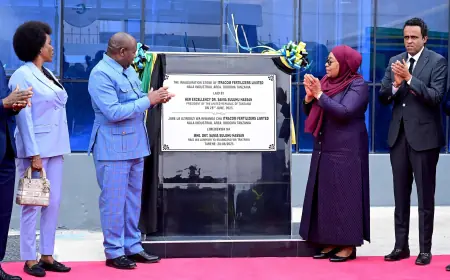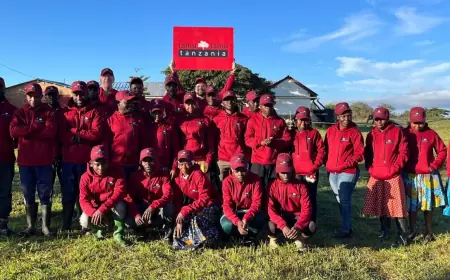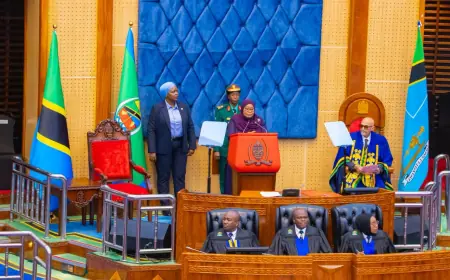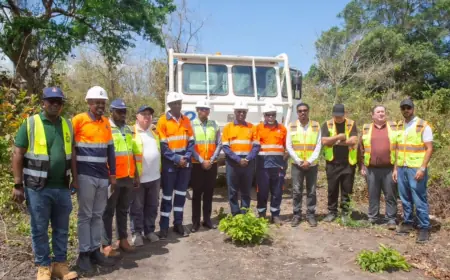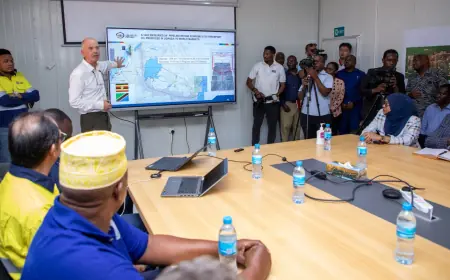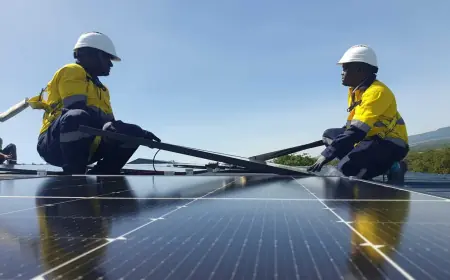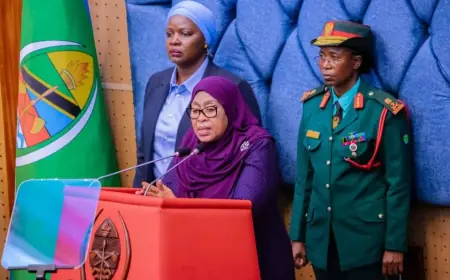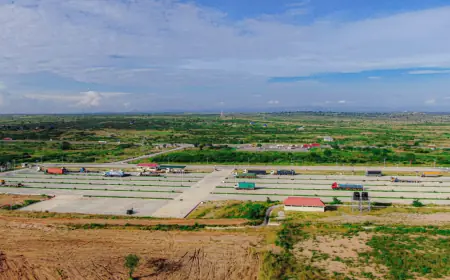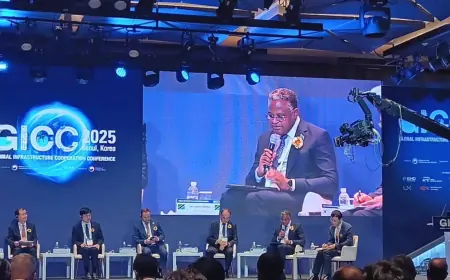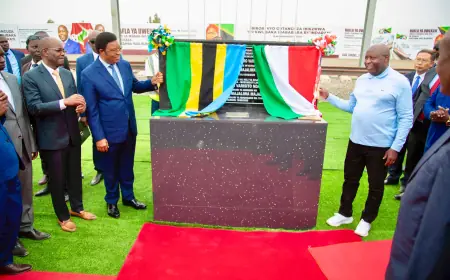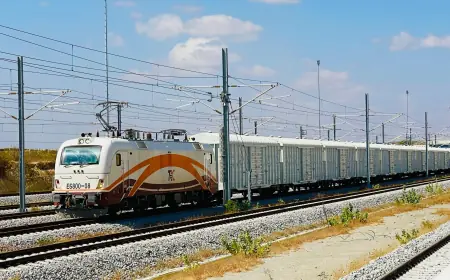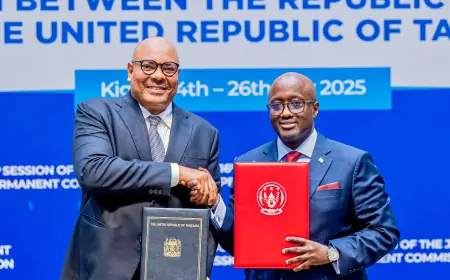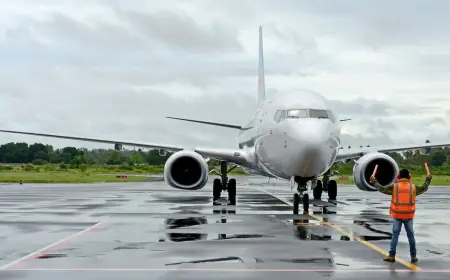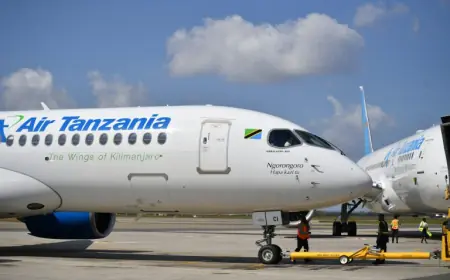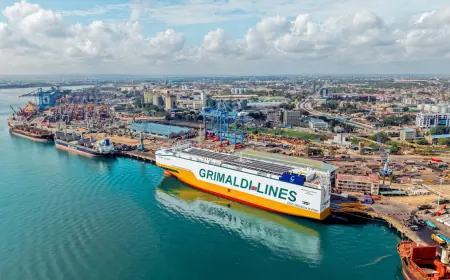TAZARA revitalisation: deals signed, but challenges remain
While the MoU signals strong Chinese involvement, the structure of funding, whether through loans, grants, or a mix of both, has not been detailed
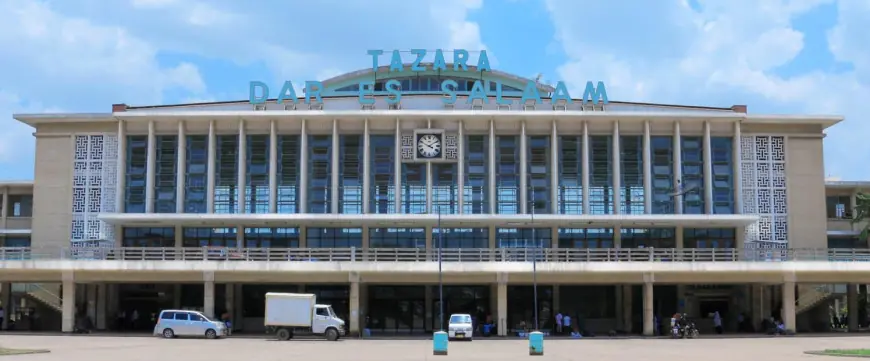
Beijing/Dar es Salaam. A historic agreement to revitalise the Tanzania-Zambia Railway Authority (Tazara) was signed on September 29, 2025, by government officials from Tanzania, Zambia, and China, nearly five decades after the line first began operations.
The tripartite accord follows a memorandum of understanding signed in Beijing on September 4, 2024 by ministers of Transport from the three countries during the Forum on China-Africa Cooperation (FOCAC).
The 2024 MoU, which was witnessed by Chinese President Xi Jinping, Tanzanian President Samia Suluhu Hassan, and Zambian President Hakainde Hichilema formally set in motion plans to restore TAZARA, a rail corridor built in the 1970s with Chinese support.
The railway has long been a lifeline for commerce between East and Southern Africa.
The revitalisation plan, whose details were revealed publicly earlier in March 2025, involves over $1.4 billion in investment from the China Civil Engineering Construction Corporation (CCECC) under a 30-year concession.
Of this, $1.0 billion will fund the full rehabilitation of track infrastructure, while $0.4 billion is earmarked for 32 new locomotives and 762 wagons.
The first three years of the concession will focus on construction and rehabilitation, followed by 27 years of full operational management.
While CCECC’s planned investments promise to restore Tazara’s efficiency, analysts caution that infrastructure alone will not guarantee transformative outcomes.
Questions being raised include how much of the project will rely on Chinese loans or technical support, and under what conditions.
While the MoU signals strong Chinese involvement, the structure of funding, whether through loans, grants, or a mix of both, has not been detailed.
This begs the question; what safeguards exist to prevent a debt burden on Tanzania and Zambia, whose economies already carry significant financial obligations?
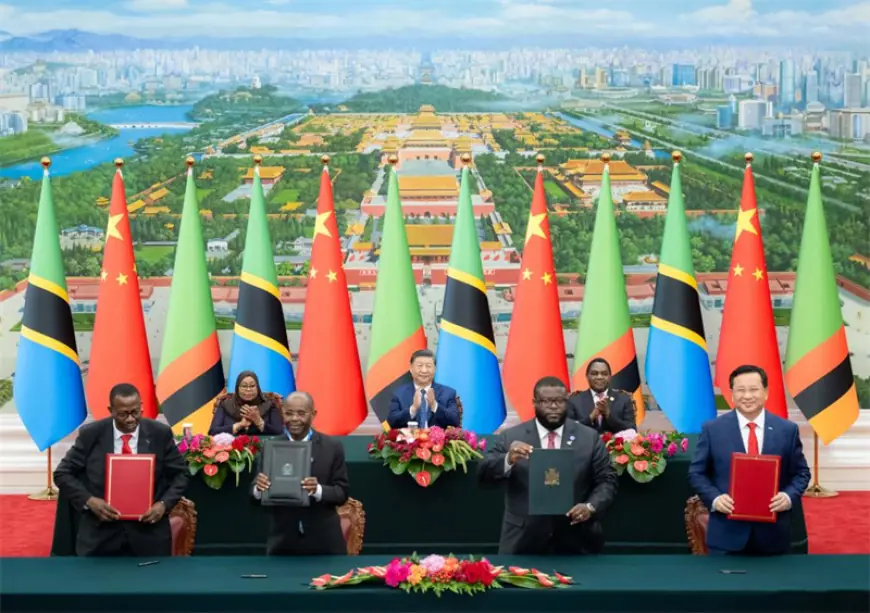
Operational control is equally uncertain. How will it be balanced to ensure local priorities are not overshadowed by foreign management?
Will the railway be jointly managed by the three governments, or will Chinese technical teams assume a dominant role?
All these isues around transparency, management, oversight, and accountability need to be answered.
Because, analysts warn, without clear terms, both Tanzania and Zambia could face a future debt burden, particularly given the scale of the rehabilitation required.
The absence of a published timeline for completion further fuels concerns over possible delays and cost overruns.
Beyond financial and governance considerations, the regional trade impact is also under scrutiny.
While the railway could theoretically boost trade across SADC countries, integration with ports, border crossings, and feeder networks is essential.
Experts caution that logistical bottlenecks could undermine the projected benefits.
Tanzanian Minister of Transport, Prof Makame Mbarawa, who signed both 2024 and 2025’s deals on behalf of Tanzania described the signing as a “new lease of life” for Tazara.
He noted benefits such as faster and cheaper freight transport from the Port of Dar es Salaam to Zambia and other SADC countries, job creation, and strengthened diplomatic and economic ties.
Zambia’s Minister of Transport and Logistics, Frank Tayali, hailed the accord as “timely,” promising that once rehabilitation is complete, the railway would expand both passenger and cargo capacity.

Tazara’s origins trace back to 1947, when Tanganyika (now Tanzania) and Northern Rhodesia (now Zambia) sought a rail link to develop their vast agricultural hinterlands.
Early colonial surveys dismissed the project as economically unviable, a conclusion intertwined with political considerations: settlers feared that a new line might undermine their economic and political control.
The railway gained urgency after the Unilateral Declaration of Independence (UDI) by Ian Smith’s regime in Rhodesia on November 11, 1965.
By cutting Zambia’s southern access to sea ports, Smith’s UDI forced Tanzania and Zambia to seek an alternative route to ensure both economic independence and support for regional liberation struggles. This strategic necessity accelerated the Tazara project.
Initial Western appeals for funding were rebuffed as economically unsound, leaving China, under Chairman Mao Tse-Tung, to step in.
On September 5, 1967, an agreement was signed in Beijing, and by March 1968, the Tanzania-Zambia Railway Authority was established.
Construction, inaugurated in October 1970 by Presidents Julius Nyerere and Kenneth Kaunda at Dar es Salaam and Kapiri Mposhi, proceeded through daunting terrain.
The 1,860-kilometre line required moving nearly 89 million cubic metres of earth and rock, constructing 320 bridges, 22 tunnels, and 2,225 culverts.
At its height, the workforce numbered 51,500, including 13,500 Chinese engineers and technicians, with over 160 workers losing their lives in the process.
The railway officially opened on July 14, 1976, heralding a new era for regional trade.
Yet, decades of declining performance, ageing infrastructure, and operational inefficiencies have prompted the current revitalisation effort.
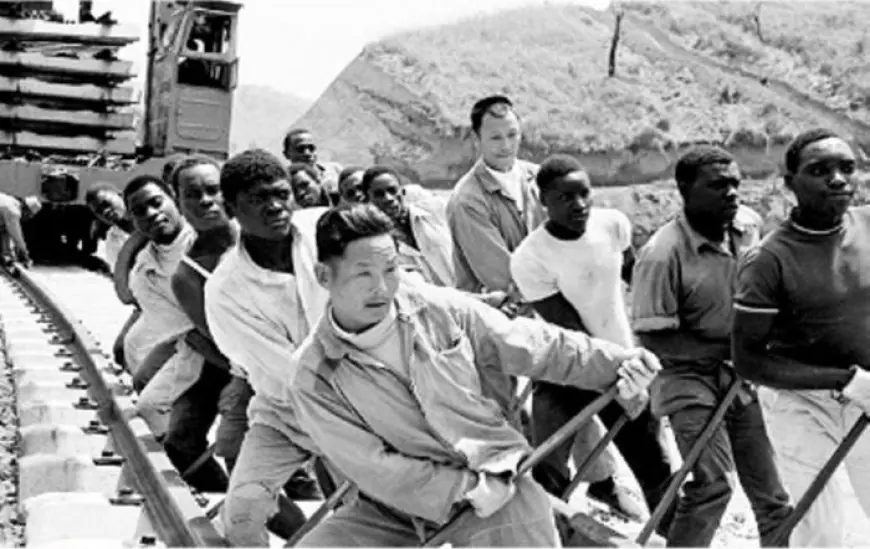
What's Your Reaction?
 Like
1
Like
1
 Dislike
0
Dislike
0
 Love
0
Love
0
 Funny
0
Funny
0
 Angry
0
Angry
0
 Sad
0
Sad
0
 Wow
0
Wow
0
